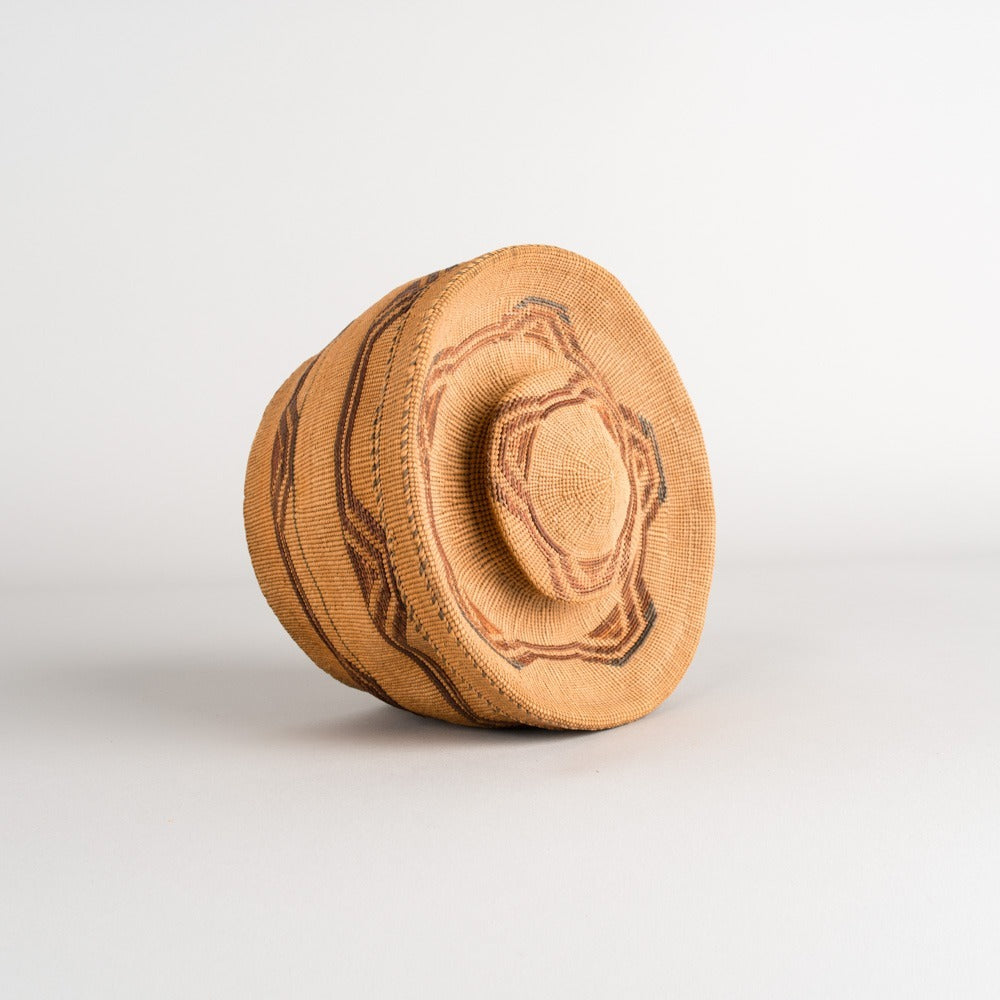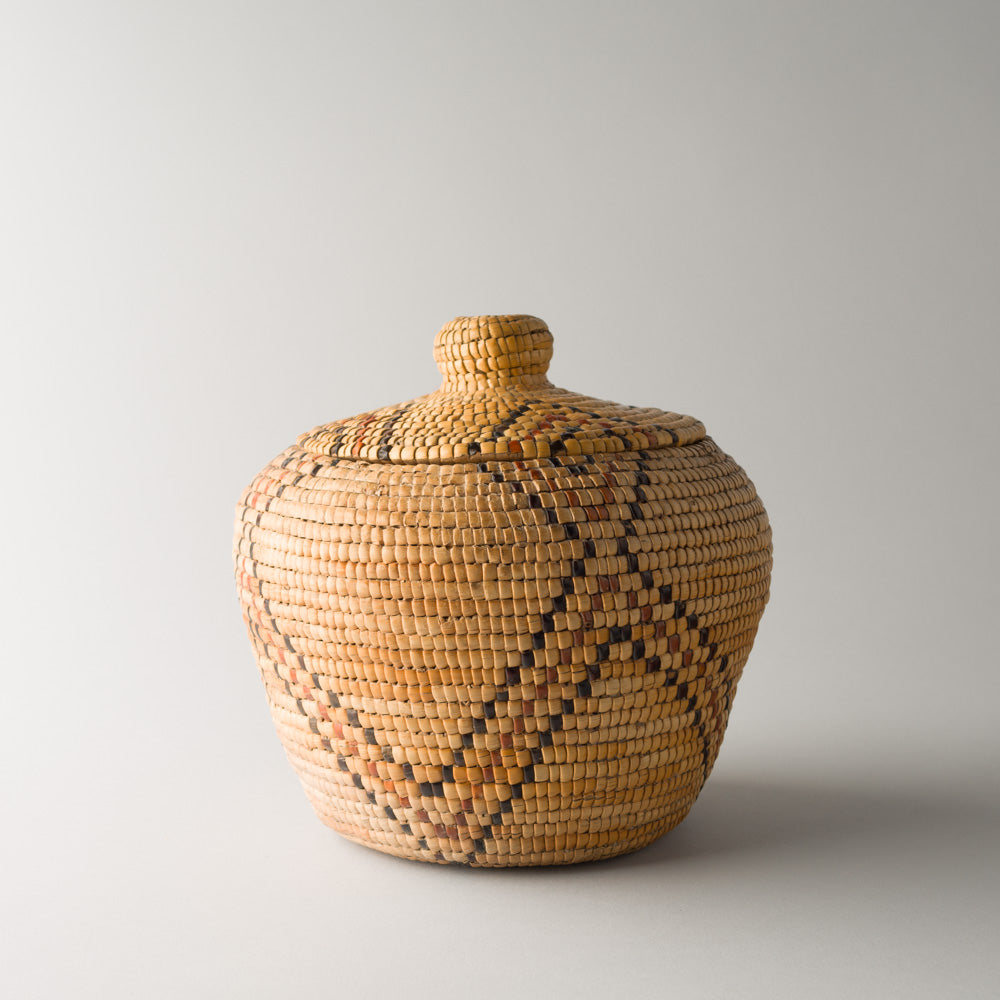It appears that your cart is currently empty


- Home
- Historic
Historic
Burden Basket
Artist Unknown (Klikitat)
c. 1880To view a similar style Klickitat (Klikitat) burden basket that is housed in the permanent...
c. 1880To view a similar style Klickitat (Klikitat) burden basket that is housed in the permanent collection of the Museum of Anthropology at UBC, click here.
$800.00
Salish Basket
Artist Unknown (Salish)
Traditionally an art practiced only by women, in the past baskets were made for a wide variety of...
Traditionally an art practiced only by women, in the past baskets were made for a wide variety of domestic uses associated with the gathering, storing and cooking of different foods. Similar weaving techniques were also used to make cradles and hats for everyday and ceremonial uses.Most basketry is traditionally woven from long, slender and pliant rootlets of cedar and sometimes spruce, although various grasses are used in some regions. A sharply pointed bone awl is used to split the rootlet ...
$1,800.00
Rectangular Salish Lidded Basket
Artist Unknown (Salish)
Traditionally an art practiced only by women, in the past baskets were made for a wide variety of...
Traditionally an art practiced only by women, in the past baskets were made for a wide variety of domestic uses associated with the gathering, storing and cooking of different foods. Similar weaving techniques were also used to make cradles and hats for everyday and ceremonial uses.Most basketry is traditionally woven from long, slender and pliant rootlets of cedar and sometimes spruce, although various grasses are used in some regions. A sharply pointed bone awl is used to split the rootlet ...
$1,400.00

















